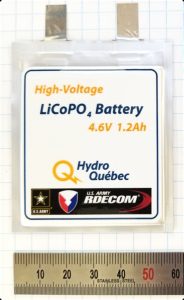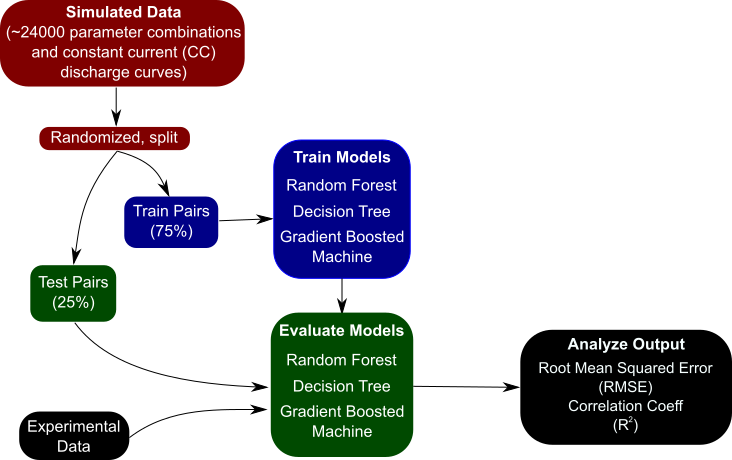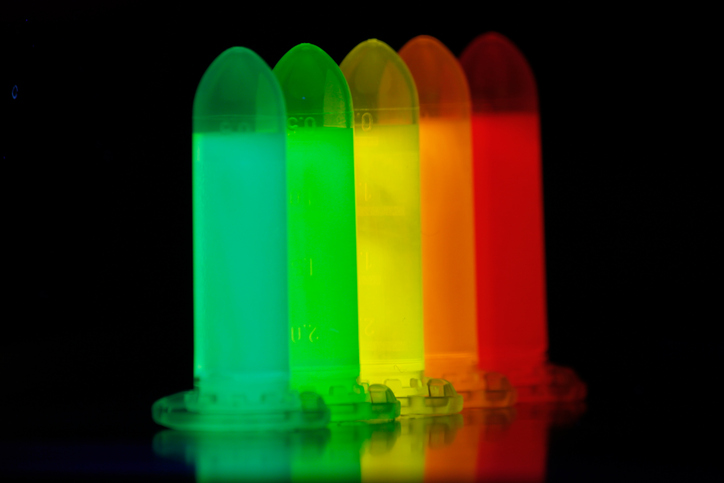 An online platform that had once offered a voice to scientists – to join in on debates and discussions of other scientists and inquisitive minds – may now be a thing of the past. Social news website Reddit hosts r/science, one of the world’s largest online science communities, which ran a popular Ask Me Anything Q&A (AMA) series that picked the brains of academics about topics like climate change, physics, and astronomy has come to an end. This was all due to a change in Reddit’s algorithm, changing how posts were ranked and making it nearly impossible to compete with the charm of cute animal GIF’s in the competition of upvotes.
An online platform that had once offered a voice to scientists – to join in on debates and discussions of other scientists and inquisitive minds – may now be a thing of the past. Social news website Reddit hosts r/science, one of the world’s largest online science communities, which ran a popular Ask Me Anything Q&A (AMA) series that picked the brains of academics about topics like climate change, physics, and astronomy has come to an end. This was all due to a change in Reddit’s algorithm, changing how posts were ranked and making it nearly impossible to compete with the charm of cute animal GIF’s in the competition of upvotes.
The demise of the Ask Me Anything Q&A series is considered a major setback for the science community. The forum grew to nearly 19 million users, now left with no other platform that offers quite the same reach, accessibility, and engagement.
“With flat-earthers, anti-vaxxers, climate change deniers, and the rest of the anti-science brigade making their views heard in almost every corner of the internet, it’s a difficult time for those who value insightful discussion of peer-reviewed science online,” says Alastair McCloskey, a digital content coordinator in the Faculty of Social Sciences at the University of Sheffield. Read his full article here.



 Raymond J. Gorte, Yang Shao-Horn, and M. Stanley Whittingham, all of whom are
Raymond J. Gorte, Yang Shao-Horn, and M. Stanley Whittingham, all of whom are 
 Match the following figures – Albert Einstein, Thomas Edison, Guglielmo Marconi, Alfred Nobel and Nikola Tesla – with these biographical facts:
Match the following figures – Albert Einstein, Thomas Edison, Guglielmo Marconi, Alfred Nobel and Nikola Tesla – with these biographical facts: In a new paper, researchers describe the underlying mechanisms involved in creating a widely used class of quantum dots that use cadmium and selenium compounds as their molecular precursors.
In a new paper, researchers describe the underlying mechanisms involved in creating a widely used class of quantum dots that use cadmium and selenium compounds as their molecular precursors.